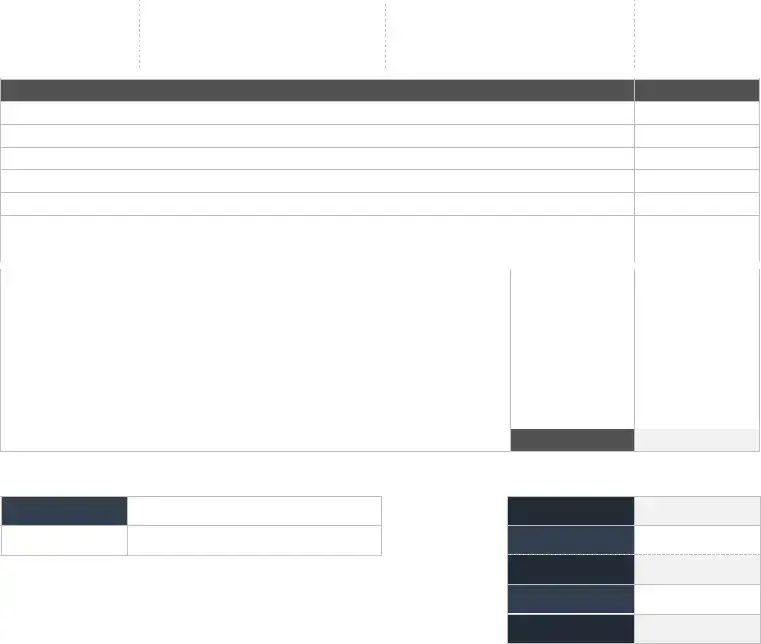What is an Auto Repair Estimate Form?
An Auto Repair Estimate Form is a document provided by a mechanic or auto repair shop detailing the expected costs for repairing a vehicle. This form outlines the parts needed, the labor that will be performed, and any other charges associated with the repair. It serves as a preliminary agreement between the vehicle owner and the repair service before any work begins.
Why do I need an Auto Repair Estimate Form?
Getting an Auto Repair Estimate Form is crucial because it ensures you understand the scope of the work and the associated costs before repairs start. It helps avoid unexpected expenses and discrepancies between what was agreed upon and the final bill. It also allows you to compare quotes from different service providers more easily.
What should be included in an Auto Repair Estimate Form?
A comprehensive Auto Repair Estimate Form should include the vehicle's make, model, and year, a detailed list of all parts that need to be repaired or replaced, labor charges, taxes, and any other fees or discounts. It should also provide the date of the estimate and a reference number for tracking purposes.
How accurate are Auto Repair Estimates?
While Auto Repair Estimates aim to be as accurate as possible, the final cost can sometimes differ. This discrepancy may occur due to unforeseen issues discovered during the repair process or changes in the price of parts. However, reputable service providers will communicate these changes and get your approval before proceeding with additional repairs.
Is an Auto Repair Estimate legally binding?
An Auto Repair Estimate itself is not legally binding. It's an approximation of costs, not a contract. However, it does represent a form of agreement on the anticipated expenses. If the final bill significantly exceeds the estimate, the service provider should have a valid explanation, and in many cases, they should seek your approval before proceeding with the extra work.
Can I get an Auto Repair Estimate without leaving my car at the shop?
Yes, many auto repair shops can provide a preliminary estimate based on the information you provide about your vehicle and the problems it's experiencing. However, for a more accurate estimate, they might require a physical inspection to diagnose unseen issues accurately.
What if the actual repair costs are higher than the estimate?
If the actual repair costs exceed the estimate, the service provider should inform you and provide a justification for the increase. In many places, laws require that the shop obtain your approval before conducting work that exceeds the estimated cost by a certain percentage. Always inquire about their policy regarding this scenario.
Can I use the Auto Repair Estimate to negotiate?
Absolutely. An Auto Repair Estimate can serve as a useful tool for negotiation. You can use it to compare services and prices with other providers. Don't hesitate to discuss the estimate in detail with your mechanic and inquire about any potential ways to reduce the costs.
What do I do if I'm not satisfied with the Auto Repair Estimate?
If you're not satisfied with the Auto Repair Estimate, the first step is to talk to the service provider. Often, they can adjust the estimate by suggesting alternative repair options or explaining the costs more clearly. If you're still not convinced, you're free to seek a second opinion from another repair shop to ensure you're getting a fair deal.

